Heard about platforms, digital ecosystems, exponential technologies, network effects and want to learn more? Here are some suggestions based on my own journey into the world of the platform economy.
Why is it important to learn about platforms and ecosystems?
- It is the business model behind most of the most valuable companies today
- It is the business aspect of why exponential technologies can create just that – exponential effects.
- It is the reason why big tech companies can invest in innovation and also how they get the resources to do so?
- Why big tech companies can innovate so fast using external resources (the inverted company concept)
VIDEO – Platform Economy The Basics (7min), Digital Thinker’s Club
This is one of the best really short introductions to what a platform really is:
BOOK – Platform Revolution, by Geoffrey G. Parker, Marshall W. Van Alstyne, Sangeet Paul Choudry
![Platform Revolution: How Networked Markets Are Transforming the Economy and How to Make Them Work for You: How Networked Markets Are Transforming the Economy―and How to Make Them Work for You by [Geoffrey G. Parker, Marshall W. Van Alstyne, Sangeet Paul Choudary]](https://m.media-amazon.com/images/I/51jwAcdrKZL.jpg)
A really good starting point for anyone getting serious about the platform economy. You will get an overview of many of the relevant concepts such as network effects, why platforms are so transformative, monetization and governance. The authors are great lecturers in person as well so if you get the chance to listen them at an online event, please do.
Get it at Amazon here: https://www.amazon.com/Platform-Revolution-Networked-Transforming-Economyand-ebook/dp/B00ZAT8VS4/ref=tmm_kin_swatch_0?_encoding=UTF8&qid=&sr=
Platform Management, by Brandon Chu, VP of Product at Shopify
This is an excellent introduction to platforms from the point of product management at a software company. It brings a concrete understanding of what the product acutally is for a software company and how to go about to organize the work behind it. In platforms terminology this is from the Platform Owner perspective.
BOOK -Fightback: How to win in the digital economy with platforms, ventures and entrepreneurs, by Felix Staeritz, Simon Torrance
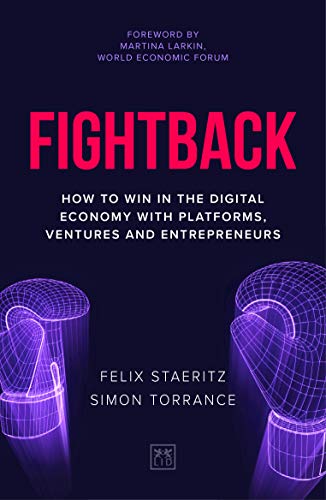
This is one of the first books to read if you work in a big enterprise and want to know how platforms can work for you and why it is relevant in the corporate world. It is not only about platforms but also about how to orchestrate corporate innovations.
Get it at Amazon here: https://www.amazon.com/Fightback-digital-platforms-ventures-entrepreneurs-ebook/dp/B0859JJGFV/ref=sr_1_1?dchild=1&keywords=fightback+simon+torrance&qid=1614250079&s=digital-text&sr=1-1
BOOK -The Network Imperative – How to Survive and Grow in the Age of Digital Business Models, by Barry Libert, Megan Beck, Jerry Wind
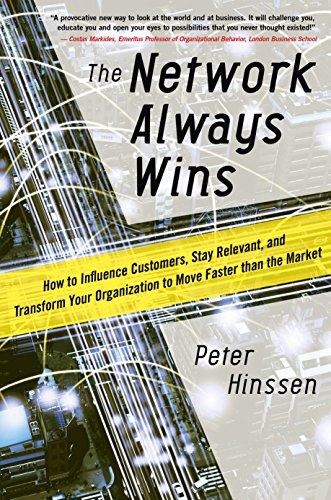
Gives you a great step by step action plan on how to think when it comes to networks when it comes to strategy, leadership, customers, employees and how you measure success.
Get it at Amazon here: https://www.amazon.com/Network-Always-Wins-Influence-Organization-ebook/dp/B00TJHL70W/ref=sr_1_2?dchild=1&keywords=the+Network+Always+Wins%3A+How+to+Influence+Customers&qid=1614377608&sr=8-2
BOOK – Matchmakers -The New Economics of Multisided Platforms, by David S. Evans and Richard Schmalensee
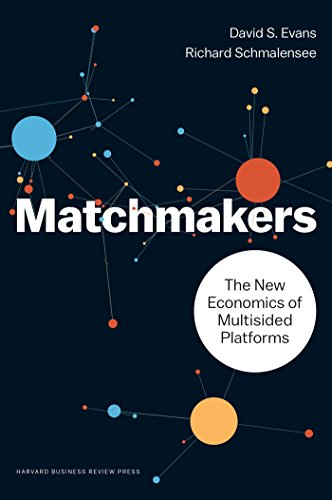
One aspect of platforms is the multi-sided ones – the digital market places. This a good book to look specifically into that platform concept after going through the introductions.
BOOK – The Business of Platforms – Strategy in the Age of Digital Competition, Innovation and Power, by Michael A. Cusumano, Annabelle Gawer, David B. Yoffie
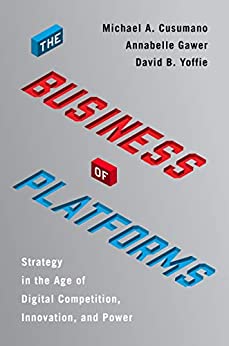
This is the book to read after the introductory content when you want more of a scientific and academic outlook based on empirical data. It is a great book that show what works and what not works when it comes to platforms. It is easy to get the impression that the world of platforms is all rosy but this gives you insights on the parts which is actually quite hard when it comes to platforms. Also consider reading some of their academic papers around platforms that can find using Google Scholar.
Finally I also need to mention a great Youtube channel by Applico, one of the major expert consultancies around platforms. They host a rapid opinionated channel on Youtube where they dissect recent business news from a platform perspective. The host Nick Johnson is also the co-other of the book Modern Monopolies: https://www.amazon.com/Modern-Monopolies-Dominate-Century-Economy-ebook/dp/B017RC8CBC/ref=tmm_kin_swatch_0?_encoding=UTF8&qid=1614379220&sr=8-1
Here is a segment around network effects:
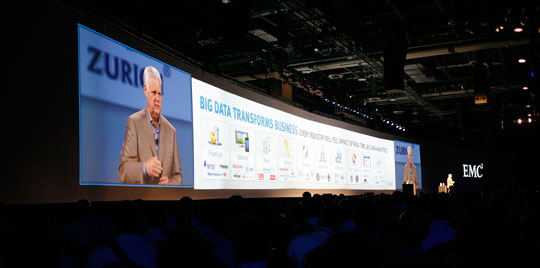
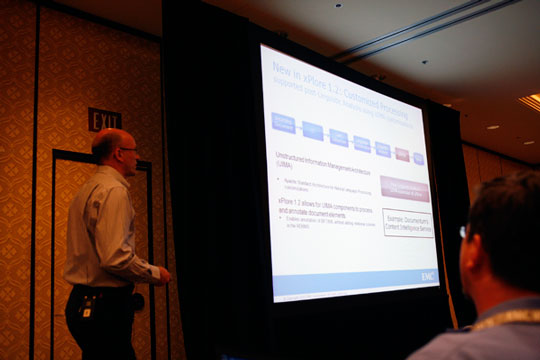




![Reblog this post [with Zemanta]](https://img.zemanta.com/reblog_e.png?x-id=e2aa475d-53b8-4a43-a325-6058fd5bed25)